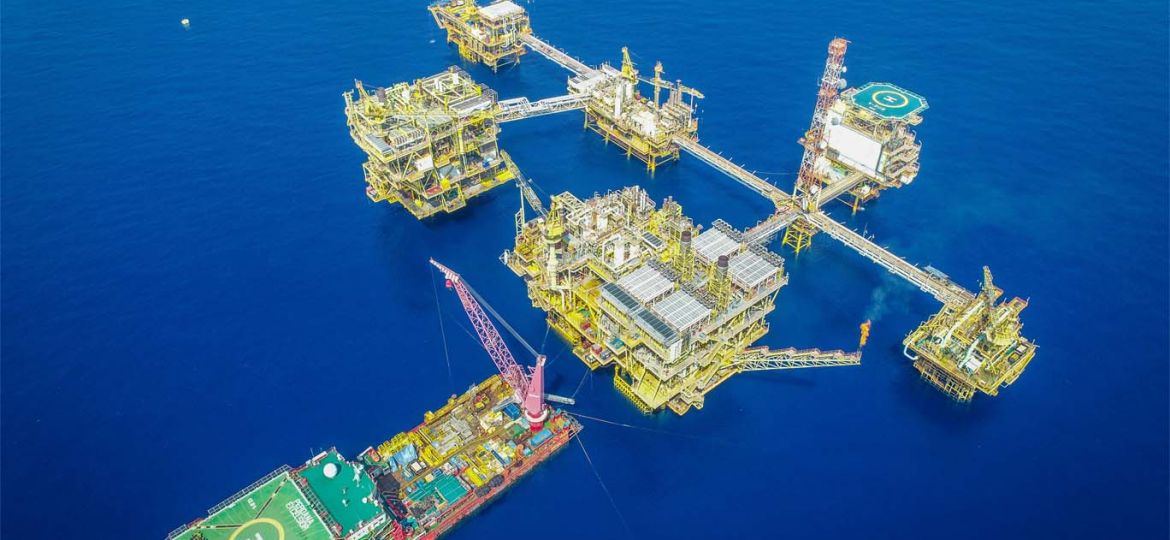
In the energy sector, offshore platforms play a strategic role in the extraction and transport of hydrocarbons. Among their components, subsea structures are exposed to extreme conditions, where safety, reliability, and performance are non-negotiable.
Inspecting these structures is therefore essential to prevent risks, minimize production downtime, and protect the marine environment.
What is a “critical component”?
A critical component is any part, system, or structure whose failure could result in:
- Severe environmental consequences, such as marine pollution or hydrocarbon leaks.
- Major operational disruptions, including production shutdowns and significant financial losses.
These components require enhanced monitoring throughout the platform’s lifecycle — and Orphie is part of the solution.
Why inspect subsea structures?
Submerged structures (jackets, pipelines, anchors, tanks, etc.) face extreme constraints:
- Corrosion: Saltwater aggressively degrades materials, reducing their lifespan.
- Dynamic forces: Waves, currents, and water pressure generate constant mechanical stress.
- Biofouling: Shellfish, algae, and marine organisms attach to surfaces, increasing hydrodynamic loads.
- Mechanical damage: Vessel impacts, equipment mishandling, or accidents can cause structural harm.
How are these structures inspected?
Subsea inspection combines advanced technologies and targeted methodologies, adapted to each platform’s specific context.
Visual inspection:
- Professional divers: Assess welds, corrosion, and deformation directly, using helmet-integrated underwater cameras.
- ROVs (Remotely Operated Vehicles): Equipped with cameras and 3D systems, modern ROVs enable safe, detailed inspections with no direct human intervention.
Non-Destructive Testing (NDT):
- Underwater ultrasound: Measures material thickness and detects internal cracks.
- Eddy currents: Identify areas of corrosion or fatigue.
- Industrial radiography: Examines weld strength, especially in critical areas.
3D Modeling & Mapping:
Technologies such as laser scanning or sonar generate highly accurate 3D models of submerged structures, making anomaly detection easier and more reliable.
Continuous Monitoring:
In some cases, embedded subsea sensors continuously track parameters like pressure, vibration, and temperature in real time.
The challenges ahead
Despite technological progress, underwater inspection remains a technical and human challenge:
- Accessibility: Poor visibility, deep water, and strong currents complicate operations.
- Safety: Divers face significant risks.
- Cost: ROVs, sensors, 3D modeling, and specialized analysis require substantial but necessary investment.
Subsea inspection is a cornerstone of offshore safety.
It helps:
- Prevent major incidents
- Extend asset lifespan
- Reduce costly unplanned shutdowns
- Protect the marine environment
In this context, solutions like Orphie, which provide both underwater cameras for divers and ROVs, as well as an integrated 3D modeling offer, enable full inspection coverage — faster, safer, and more cost-effective. By combining high-precision visual capture with advanced 3D modeling, Orphie delivers a concrete response to the industry’s most pressing challenges, while reinforcing the reliability and sustainability of offshore operations.
